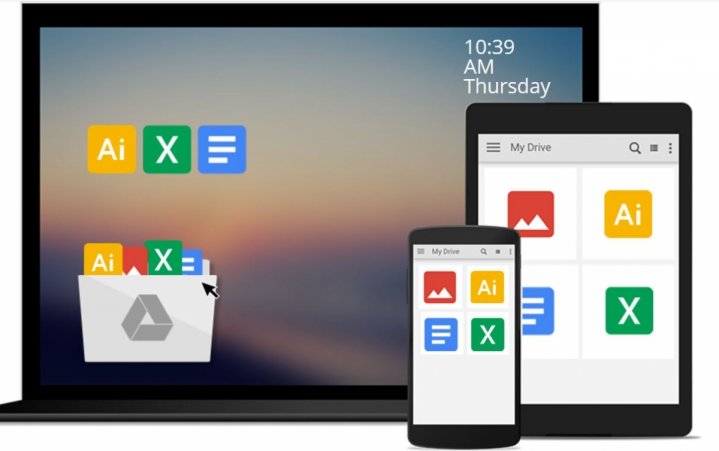
Google today has fulfilled its announcement back in June to launch a new tool replacing Google Photos and Google Drive apps for desktop and rolling them into one instead. Fresh off the labs, the new Backup & Sync from Google app allows users to backup files and photos more conveniently on their computer.
Backup & Sync from Google is a merger of the older Google Photos and Google Drive apps which means it is easier for users to upload, download, and access files and photos on both Mac and PC without changing platforms. The new cloud tool has a simpler user interface for easy navigation.
After logging into Backup & Sync using a Google account, users will then be directed to an array of folders so one may choose which of them to continually back up to Google Drive by default. For existing Google Drive users with predetermined settings, there is nothing to worry because the new tool will not change any of those, adapting the pre-existent setup instead.
Apart from computer backup, it can be used to back up photos from external sources, such as camera, SD card, smartphone, and hard drive, using USB chords or connectors. Photos and videos will still be available in Google Photos whenever one wishes to access them there.
Backup & Sync for desktop is free to download. Google, however, reminds paying cloud owners not to download the tool at this time as it is planning to roll out an enterprise-focused version called Drive File Stream later this year. It will be suitable for those who are subscribed to G Suite Basic, Enterprise, Education, and Nonprofit. The G Suite Basic users are eligible to join the Early Adopter Program to access Drive File Stream earlier than the official rollout.
Backup & Sync allows users to tweak settings according to one's preferences, including the quality of photos and videos to store as well as the download and upload rates of files.









